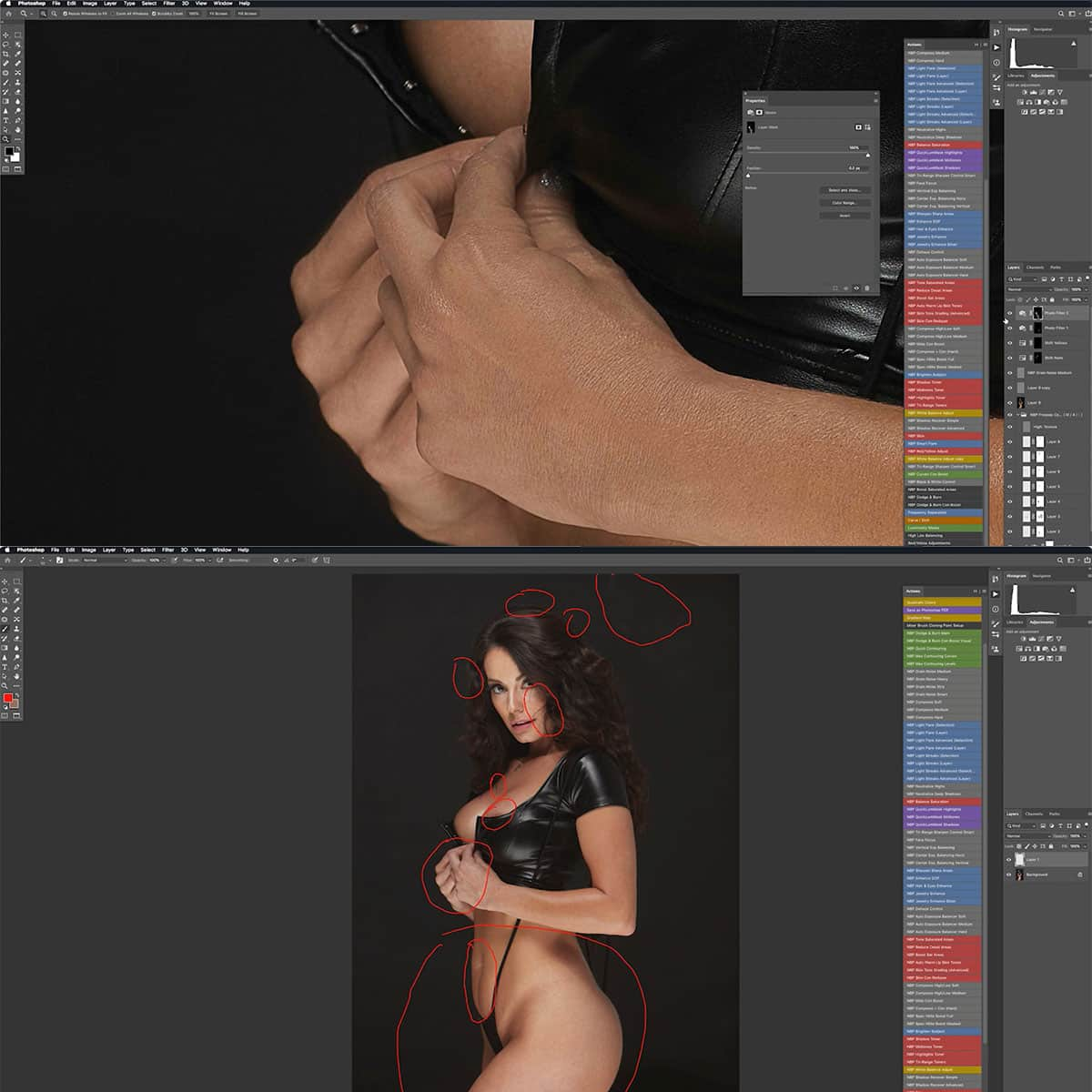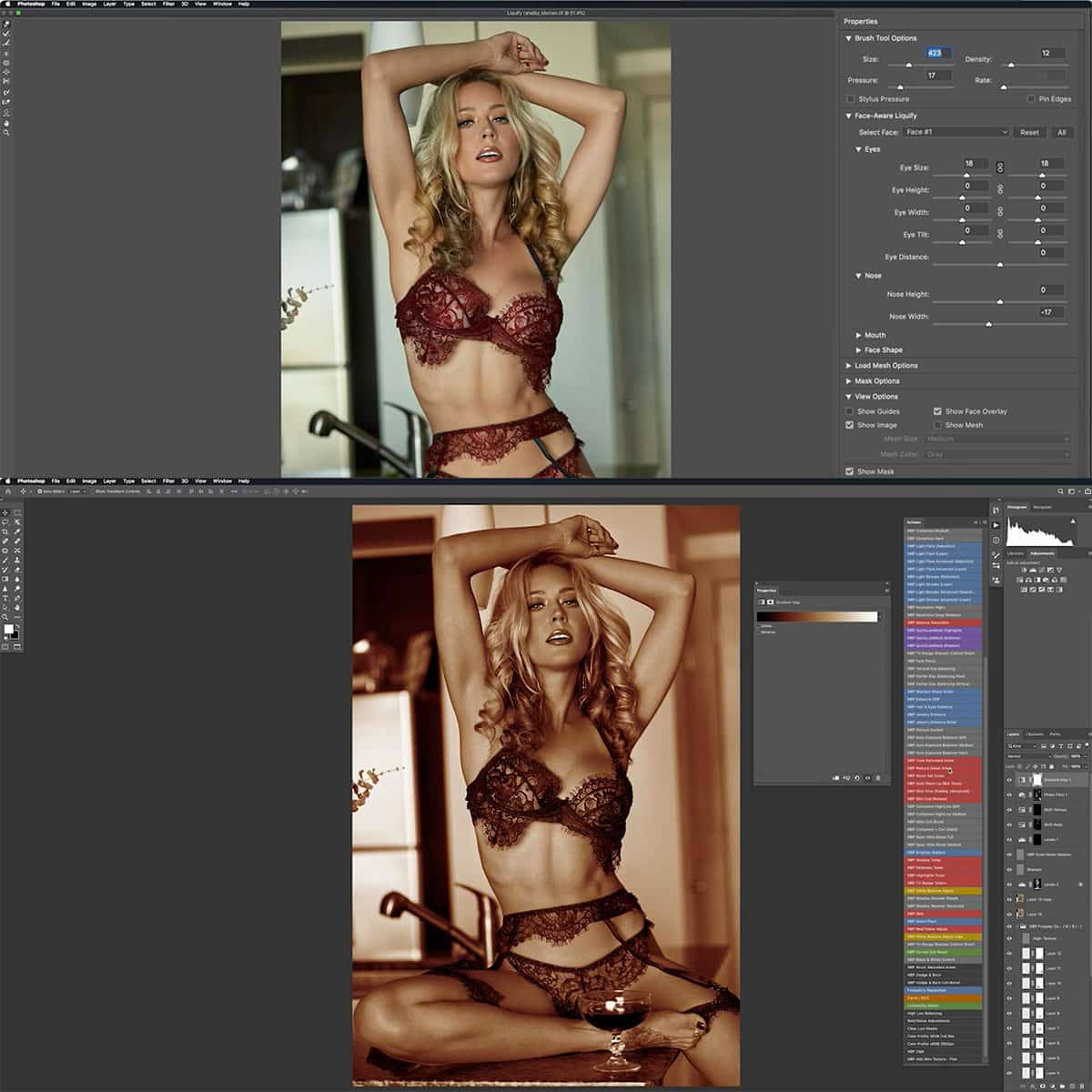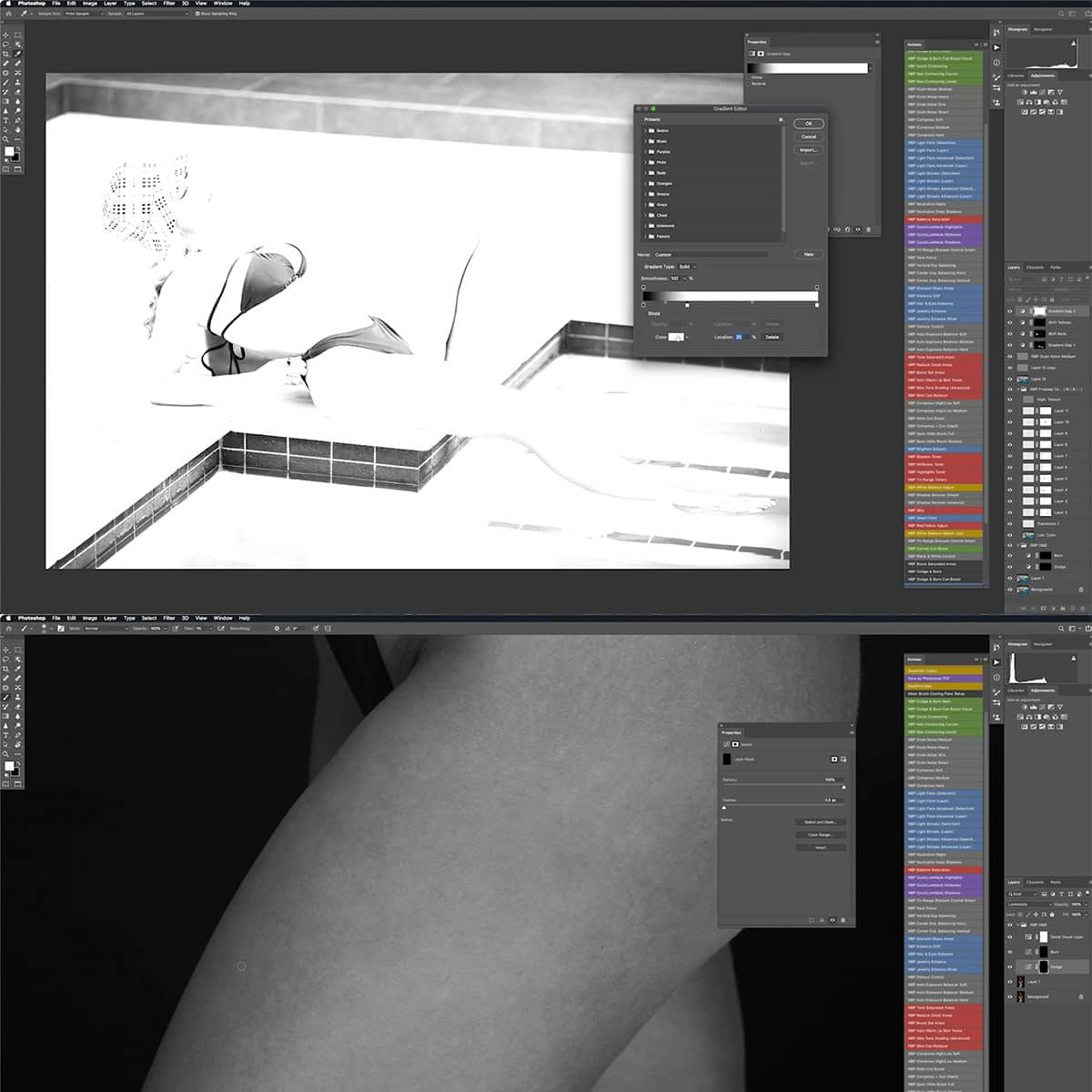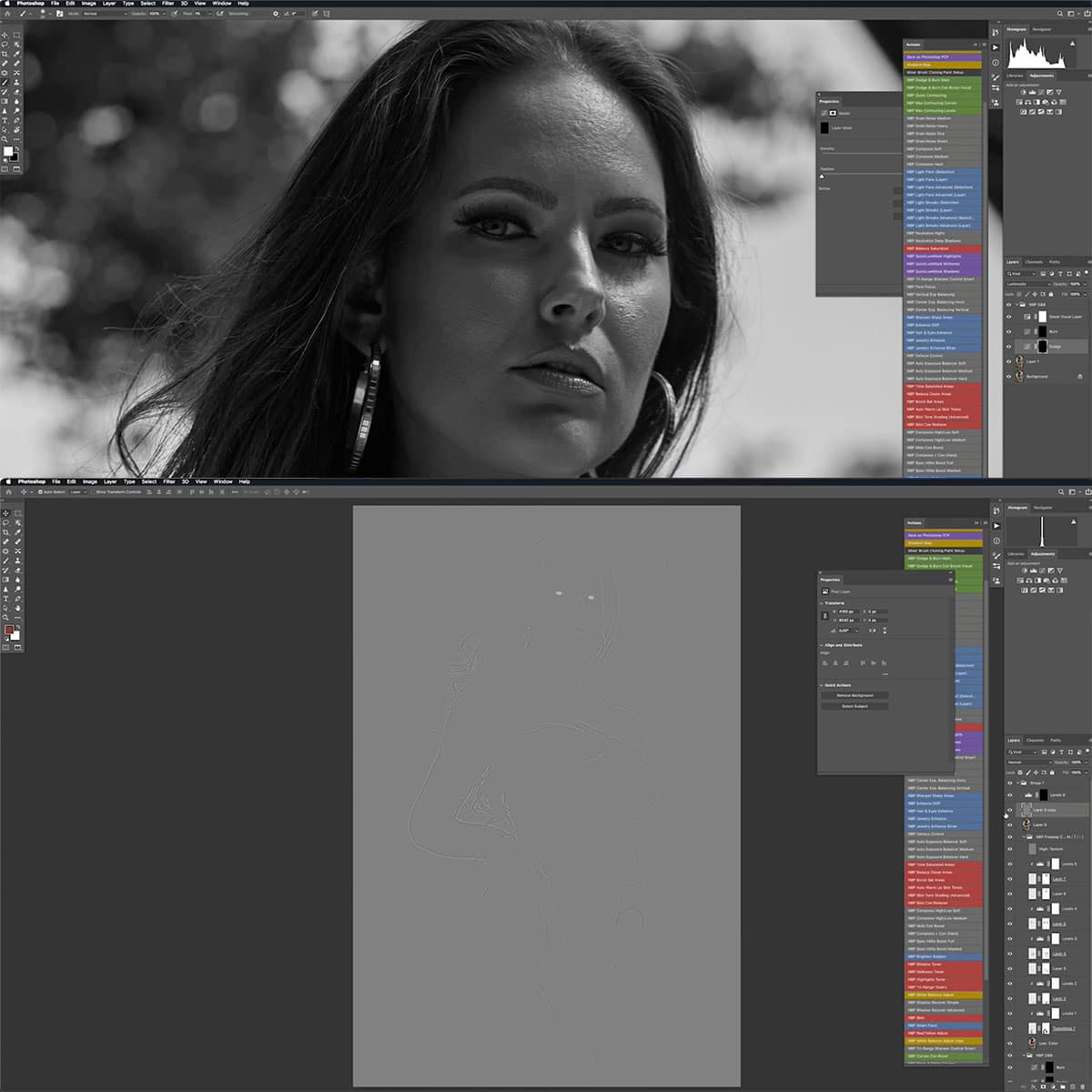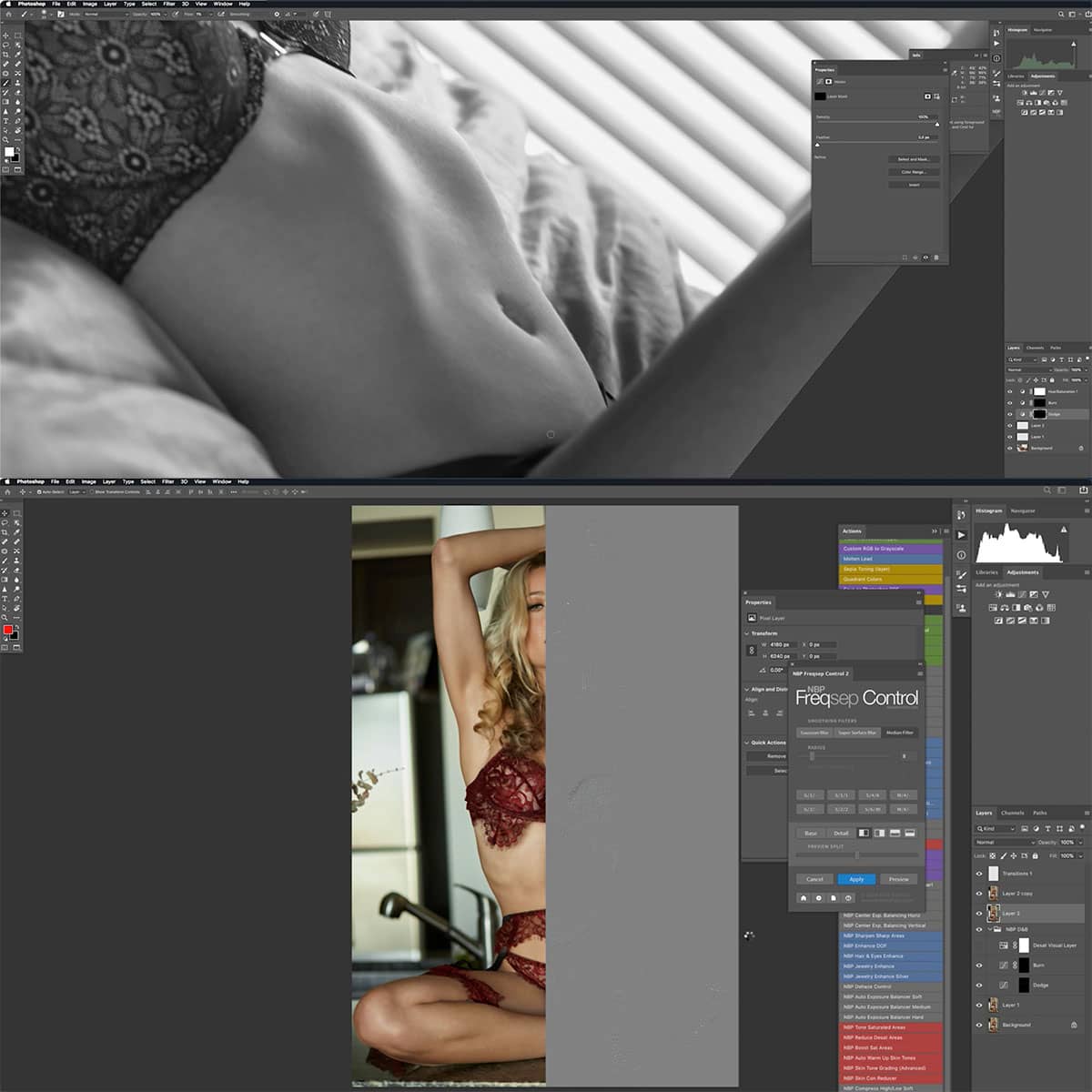Monochrome Photography: The Power of Black and White Unleashed in Modern Art
Monochrome photography, particularly black and white, has captivated photographers and audiences alike for years due to its timeless and powerful visual impact. The absence of color forces the viewer to focus on the contrast, textures, and tones present in the image. This often results in photographs that evoke a deep sense of emotion and storytelling.
The power of black and white goes beyond simply turning down the saturation of an image. It requires a deeper understanding of the fundamental elements of photography, such as composition, lighting, and subject matter. By mastering these aspects, photographers can create striking photographs that convey a unique perspective or message.
Key Takeaways
- Monochrome photography places emphasis on contrast, textures, and tones
- A deeper understanding of photography fundamentals is essential for successful black and white images
- Black and white photography enables capturing unique perspectives and emotions
The Fundamentals of Monochrome Photography
Understanding Monochrome
Monochrome photography refers to the creation of images using variations of a single color. Traditionally, this meant black and white, but today it can include other colors, such as sepia tones. As photographers, we appreciate the simplicity of monochrome images, which allows us to focus on shapes, textures, and details without the distraction of color.
A well-executed monochrome photograph can have a strong visual impact, emphasizing interesting shapes and forms, rich textures, clear focal points, and contrasting tones. This form of photography also tends to evoke a deeper emotional or symbolic meaning, making it a favorite among many artists.
Black and White Vs Monochrome Photography
Although sometimes used interchangeably, black and white and monochrome photography are not always the same thing. Black and white photography is a subset of monochrome photography, limited exclusively to the use of black, white, and shades of grey. Monochrome photography, while often black and white, may involve other colors and broader range of tones.
For example, a sepia-toned image is considered monochrome but not black and white. Both approaches are valid and have their own merits, but black-and-white photography, as the most classic form of monochrome, has a timeless appeal and is often the first choice when exploring this style.
When working with monochrome images, we should understand the difference between these two approaches and choose the one that best suits our subject and desired outcome. Remember, the key to success is finding a balance between your artistic vision and the constraints of the medium.
In summary, both black and white and monochrome photography can produce powerful images, but they each have their own unique characteristics. Keeping this in mind throughout the creation process will lead us to more captivating and visually appealing photographs.
Key Elements in Monochrome Photography
In monochrome photography, the focus is on the use of a single color to create striking images. We often think of black and white photography as the prime example of this, where different shades of gray represent colors. Let's look at some key elements that make monochrome photography stand out.
Light and Shadow: One of the most crucial aspects of monochrome photography is understanding how to best utilize light and shadow. When color is not the focus, the difference in light and darkness becomes more essential to evoke emotions and emphasize elements within the image.
Texture and Contrast: Capturing texture and contrast is vital in monochrome images. By using a range of tones, we can help portray the subject's details and effectively communicate the scene's depth and richness.
Composition and Form: Monochrome photography places a significant emphasis on the arrangement of elements within the frame. This involves paying attention to lines, shapes, and patterns to create visually striking compositions. Techniques such as the rule of thirds, leading lines, and framing come into play here.
Editing: Once we've captured our monochrome images, it's important to make the most of them by fine-tuning aspects like brightness, white balance, and tones. Software such as Adobe Lightroom can be invaluable for refining images and achieving the desired effect.
With a concise understanding of these key elements—light, shadow, texture, contrast, composition, form, and editing—we can improve our monochrome photography, unlocking the power of black and white images.
Capturing Emotion and Mood in Monochrome
Monochrome photography allows us to explore a unique aspect of storytelling, as it can convey powerful emotions and moods without the distractions that color images may cause. Whether we're looking at portraits, landscapes, or street photography, every monochrome image can evoke a feeling that captures our imagination. In this section, we will discuss different ways to achieve this captivating effect in our photography.
The choice between a color or black and white image often depends on the emotion or story we want to convey. For instance, moody scenes and intense emotions might be better represented through monochromatic color. Our focus should be on using visual elements like interesting shapes, rich textures, contrasting tones, and emotional or symbolic meaning to create a strong subject.
In portrait photography, monochrome images have a powerful effect on the viewer's emotions. A black and white portrait can draw attention to the person's facial expressions and emotions, making the image more intimate and adding a layer of depth. We must pay more attention to lighting and contrast in order to create a portrait that truly captures emotion.
When we venture into landscape and street photography, black and white images can be more than just a stylistic choice. We can use monochrome to emphasize shapes, lines, and textures that might otherwise be lost in a color image. It is important to be mindful of the lighting and shadows when capturing these scenes, as it greatly impacts the overall mood and emotion of the photograph.
Abstract monochrome images can create artistic and emotional impressions with their simplicity. These images often use different tones of the same color to create a unique visual experience that connects the viewer to the underlying meaning or emotion. Experimenting with various tones, lines, and shapes can help us expand our creative vision and find artistic inspiration.
In conclusion, monochrome photography provides us with a powerful tool to convey emotion and mood in our images. From portraits to landscapes and abstract art, black and white photography offers a timeless and captivating way to visually express ourselves.
Techniques in Monochrome Post-Processing
In the world of monochrome photography, post-processing is essential for enhancing black and white photos. With the help of tools like Photoshop and Lightroom, we can bring out the desired characteristics of textures, contrast, and tonal range. The following techniques will guide you through the post-processing process, helping you create stunning monochrome images.
Firstly, before manipulating your image digitally, it's important to consider shooting in black and white or setting the *preview in your camera to display in monochrome. This allows us to better visualize the desired outcome in terms of high key or low key elements, and adjust our angles or ISO accordingly.
Let's explore some of the commonly used tools for editing monochrome images:
- Levels: Allows altering the tonal range of an image by adjusting shadows, midtones, and highlights.
- Curves: Provides precise control over contrast and tonality by manipulating the curve shape.
- Dodging and Burning: Enhance or reduce specific parts of an image, affecting brightness and contrast.
- Channel Mixer: Convert a color image to black and white using the RGB channels, improving accuracy.
It's essential to experiment with these tools, as each will offer different effects on our images. Remember, ultimately, post-processing software is meant to enhance and perfect your vision for monochrome photography.
Influence and Impact of Monochrome Photography
In the realm of monochrome photography, capturing breathtaking scenes relies heavily on texture and structure rather than color. The use of only black, white, and shades of gray allows us to lay emphasis on other elements of a photograph. This enables photographers to creatively showcase the intricacies of a subject, like the textures within a landscape or the structure of an architectural work.
Black and white photography, in particular, has a timeless quality that transcends trends and artistic movements. This medium stands out due to its unique ability to evoke raw emotions and convey a compelling narrative. Ansel Adams, for instance, used monochrome photography to create iconic representations of the American landscape, capturing the beauty of nature in a way that color photography cannot replicate.
When we focus on monochrome photography, we can experiment with various lenses and techniques to explore our creative potential. Shooting in black and white enables us to play with light, contrast, and shadows, thereby achieving a more dramatic effect. Additionally, monochrome photography lends itself to capturing the essence of urban settings, where the interplay of architecture and shadows creates a distinctive visual landscape.
As a powerful and artistic medium, monochrome photography has had a lasting impact on the world of visual arts. Its emphasis on elements like texture, structure, and light allows us to experience the world in a more profound and visually striking manner. In essence, the influence of monochrome photography stems from its ability to open our eyes to the beauty and depth that lies within the shades of gray.
Frequently Asked Questions
What techniques are used to create powerful black and white images?
To create powerful black and white images, we emphasize on composition, contrast, texture, and lighting. By identifying subjects with strong shapes or patterns and simplifying the scene, we can enhance the visual impact of a monochrome photograph. Post-processing techniques are also essential in bringing out the desired emotions in these images.
What are the benefits of using monochrome over color in photography?
Monochrome photography allows us to focus on elements such as form, shape, texture, and contrast, rather than being distracted by color. It often evokes a timeless, classic feel and can enhance the emotional depth of a photograph, drawing attention to its subject matter and the photographer's intended message.
How has the history of black and white photography influenced its modern techniques?
Black and white photography has a rich history, which has influenced modern techniques. Early photographers had to work with limited technology and materials, prompting them to explore innovative ways to capture images. This past exploration informs our understanding of light, shadow, and form, inspiring us to continue pushing the boundaries of monochrome photography today.
What are the key elements to consider when composing a monochrome photograph?
When composing a monochrome photograph, we consider elements such as contrast, texture, shapes, and patterns. Contrasting light and dark areas create visual interest, while texture adds depth and detail. Utilizing strong shapes and patterns can also enhance a monochrome image, giving it a distinctive aesthetic.
How can one edit and process black and white photos effectively?
Effective black and white photo editing involves adjusting contrast, brightness, and tonal range to achieve the desired mood or atmosphere. An essential technique is dodging and burning, which lightens or darkens specific areas in the image. Additionally, tools like black and white adjustment layers and filters in photo editing software can be used to fine-tune the final result.
What are some examples of iconic monochrome photographs throughout history?
Iconic monochrome photographs include Ansel Adams' "Moonrise, Hernandez, New Mexico," Dorothea Lange's "Migrant Mother," Henri Cartier-Bresson's "Behind the Gare Saint-Lazare," and Robert Capa's "Falling Soldier." These images demonstrate the power of black and white photography to capture raw emotion, tell compelling stories, and leave lasting impressions.












